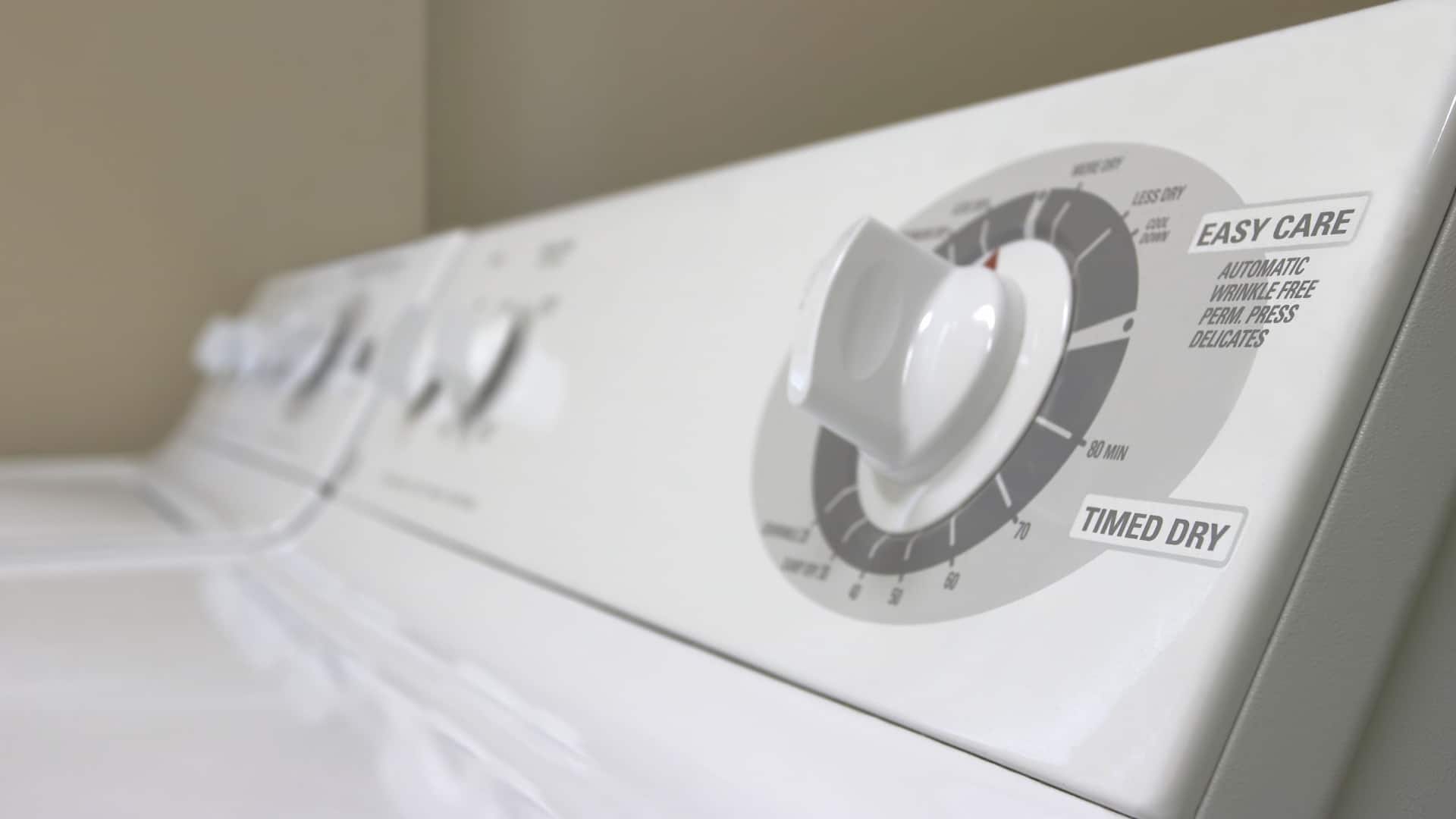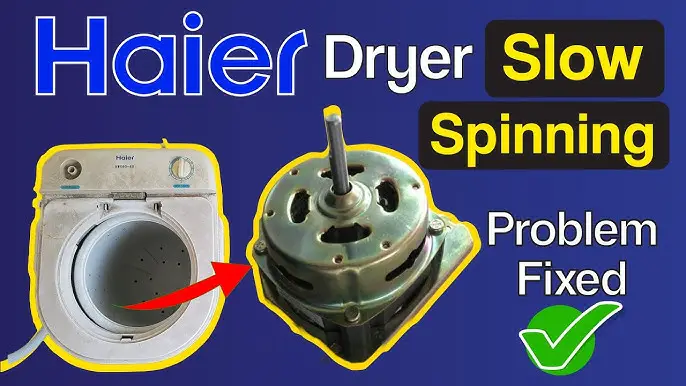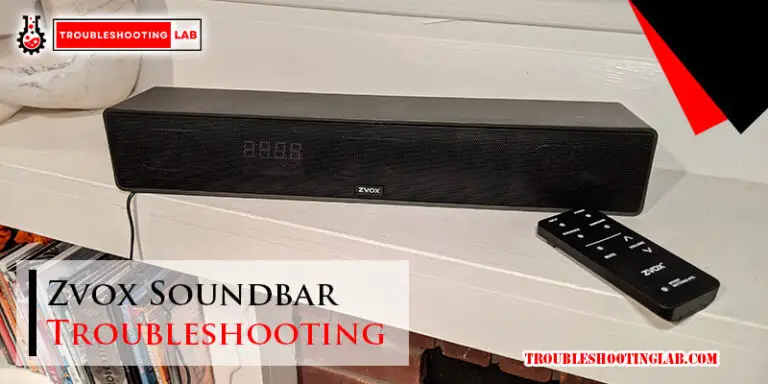Ge Dryer Troubleshooting: Quick Fixes & Expert Tips
Have you ever found yourself standing in front of your GE dryer, perplexed by its sudden refusal to cooperate? You’re not alone.
Dealing with a dryer that won’t dry your clothes can be frustrating, especially when you’re pressed for time. But don’t worry, there’s good news: troubleshooting your GE dryer doesn’t have to be a daunting task. In this guide, you’ll discover simple solutions to common dryer problems, empowering you to get your appliance up and running smoothly.
Imagine the satisfaction of resolving these issues on your own, saving both time and money. So, let’s dive into some straightforward fixes that can turn your dryer woes into triumphs. Keep reading, because your hassle-free laundry days are just a few tips away.
Common Dryer Issues
Many households rely on their GE dryer for efficient laundry care. These appliances can sometimes face issues that disrupt their operation. Understanding these problems helps in quick fixes. Let’s explore some common dryer issues you might encounter.
Dryer Not Starting
Power issues often cause dryers not to start. Check if the dryer is plugged in securely. Ensure the circuit breaker hasn’t tripped. Faulty door switches may prevent the dryer from starting. Inspect the door latch for any damage or wear.
No Heat Production
Dryers may run without producing heat. This often means a problem with the heating element. Check the thermal fuse for any faults. A broken thermostat might also lead to heat issues. Ensure all components are working properly.
Unusual Noises
Unexpected noises may signal a mechanical problem. Loose parts can cause rattling sounds. Check for any obstructions inside the drum. Worn-out belts might produce a squeaking noise. Ensure all parts are secure and functioning.
Dryer Not Tumbling
A dryer that doesn’t tumble has a drum issue. Check if the drive belt is broken or loose. Motor problems may also prevent tumbling. Inspect the drum rollers for wear or damage. Make sure the dryer drum is free to spin.
Basic Troubleshooting Steps
Is your GE dryer acting up? Don’t worry. You can fix many issues with some basic troubleshooting steps. These steps can save time and money. Follow this guide to identify common problems and solutions.
Checking Power Supply
Ensure the dryer is plugged in. Sometimes, the power cord becomes loose. Check the circuit breaker. It might have tripped. Reset it if needed. This simple check often solves the problem.
Inspecting The Door Switch
The door switch must be working. Open and close the door to test it. Listen for a click. No click means the switch might be faulty. A broken door switch prevents the dryer from starting.
Examining The Thermal Fuse
The thermal fuse protects the dryer from overheating. Locate it near the vent. Use a multimeter to test it. No continuity means it’s blown. Replace it to restore the dryer function.
Verifying The Start Switch
The start switch is crucial. Press it and listen for a sound. If silent, it might be defective. Use a multimeter to check continuity. Replace it if necessary. This ensures the dryer starts properly.
Advanced Troubleshooting Techniques
Explore efficient solutions for Ge dryer troubleshooting. Identify common issues like heating problems and faulty sensors. Ensure smooth operation with practical tips that save time and energy.
When your GE dryer isn’t performing as it should, frustration can quickly set in. Yet, diving into advanced troubleshooting techniques can save you time and money. These tactics allow you to get hands-on with your appliance and potentially solve issues without professional help. You’ll gain valuable insights into how your dryer operates, and who knows, you might even impress yourself with newfound repair skills. Let’s explore some advanced troubleshooting steps you can take.Testing The Thermostat
The thermostat is crucial for regulating your dryer’s temperature. If your dryer is overheating or not heating at all, it might be the culprit. To check it, you’ll need a multimeter. Disconnect your dryer from power, remove the back panel, and locate the thermostat. Once you’ve found it, test the thermostat’s continuity. If the multimeter shows no continuity, it’s time to replace the thermostat. This simple test can solve many temperature-related problems.Analyzing The Heating Element
The heating element is what gets your clothes dry. If your dryer isn’t heating, it’s essential to inspect this component. Make sure the dryer is unplugged before you begin. Access the heating element by removing the back panel. Check for any visible breaks or damage. Use a multimeter to test for continuity. A faulty heating element will show no continuity and needs replacement. A functioning heating element is key to a working dryer, so don’t overlook this step.Inspecting The Drive Belt
Is your dryer drum not spinning? The drive belt might be the issue. First, ensure your dryer is unplugged. Open the dryer cabinet to access the drum and belt. Look for any signs of wear or breakage on the belt. A broken belt will prevent the drum from turning. Replacing it is often a straightforward fix and can restore your dryer’s functionality.Reviewing The Motor Function
The motor is the powerhouse of your dryer. If it’s not running, your dryer won’t function. Listen for unusual noises like humming or grinding when the dryer is turned on. If these sounds are present, the motor may be failing. Ensure the dryer is unplugged before accessing the motor. A professional might be required for motor replacement, but identifying the issue early can save you from further damage. Advanced troubleshooting techniques can seem daunting, but they offer a rewarding challenge. Have you ever fixed an appliance on your own? The satisfaction of a job well done is unmatched. Taking the time to understand your dryer can lead to efficient repairs and a renewed sense of confidence in your DIY skills.
Credit: www.reddit.com
Maintenance Tips For Longevity
Tackle common GE dryer issues with straightforward maintenance tips. Regular cleaning of lint traps and venting systems ensures efficiency. Checking electrical connections and mechanical parts can prevent unexpected breakdowns. Simple routine checks extend your dryer’s lifespan and improve performance.
When it comes to ensuring your GE dryer has a long, productive life, regular maintenance is key. You might be surprised at how a few simple habits can prevent costly repairs and keep your dryer running smoothly. Ready to learn some easy and effective maintenance tips? Let’s dive into these practical strategies that will not only extend the lifespan of your dryer but also improve its efficiency.Regular Lint Trap Cleaning
Always remember to clean the lint trap after every drying cycle. This small task can significantly reduce the risk of fire hazards and improve your dryer’s performance. You might think it’s a hassle, but it takes less than a minute and can save you from potential disasters.Ventilation System Maintenance
Your dryer’s ventilation system is like its lungs. If it’s clogged, the dryer can’t breathe. Check and clean the exhaust vent pipe at least once a year. A blocked vent not only wastes energy but can also cause overheating.Balancing Dryer Loads
How often do you just toss clothes in without a second thought? Balancing the load size helps your dryer work efficiently. Avoid overloading, as it makes the motor work harder and wears out faster. On the flip side, running a cycle with too few items can be just as damaging and inefficient.Routine Professional Inspections
Consider scheduling a professional inspection annually. A trained technician can spot issues you might miss. This proactive approach can prevent small problems from turning into big expenses. Plus, it gives you peace of mind knowing everything is in top condition. By taking these straightforward steps, you’ll not only ensure your GE dryer runs efficiently, but you’ll also extend its lifespan. Are there any other dryer maintenance tips you’ve found helpful? Share your experiences and help others keep their dryers in top shape!When To Call A Professional
Consult a professional if your GE dryer stops heating or makes unusual noises. Electrical issues or complex repairs require expert help to prevent further damage. Save time and ensure safety by getting professional assistance.
Dealing with a malfunctioning GE dryer can be frustrating. While some issues are easy to fix, others require professional help. Knowing when to call a professional can save you time and prevent further damage to your appliance. Let’s explore the key situations that signal it’s time to reach out for expert assistance.Identifying Complex Electrical Issues
If your dryer isn’t turning on or repeatedly trips the circuit breaker, you might be dealing with complex electrical issues. Electrical problems can be dangerous if not handled correctly. You should call a professional to diagnose and fix these safely. Consider any unusual sounds or smells indicating electrical trouble. Burning odors or buzzing sounds are red flags. It’s better to be safe and let an expert handle these situations.Recognizing Mechanical Failures
Mechanical failures often manifest as unusual noises or vibrations. If your dryer drum isn’t spinning or you hear grinding sounds, mechanical components might be failing. Attempting to fix these issues without proper knowledge can cause more harm than good. Professionals have the tools and expertise to identify and resolve mechanical problems effectively.Understanding Warranty Coverage
Is your dryer still under warranty? If so, attempting to fix it yourself might void the warranty. Review your warranty terms to understand what’s covered. Often, professional repairs are required to maintain warranty protection. This ensures you won’t incur additional costs down the line.Weighing Repair Vs Replacement
Sometimes, repairs can be more costly than replacing your dryer. Assess the age and condition of your appliance. If it’s frequently breaking down, replacement might be more economical. Reflect on your budget and long-term needs. Consulting with a professional can provide insights into whether to repair or replace, ensuring you make an informed decision. When faced with a malfunctioning dryer, consider these factors. They guide you in deciding when professional intervention is necessary. Have you encountered any of these issues with your dryer? Share your experiences in the comments below!
Credit: m.youtube.com

Credit: academy.fredsappliance.com
Conclusion
Troubleshooting your GE dryer can save time and money. Start by checking simple issues. Ensure the dryer is plugged in and the circuit breaker is on. Clean the lint filter regularly to avoid problems. Listen for unusual noises that might indicate a problem.
Remember to refer to the user manual for guidance. Simple fixes can often solve common problems. For persistent issues, consider contacting a professional. Regular maintenance keeps your dryer running smoothly. With these tips, you can extend the life of your appliance.
Keep your laundry routine hassle-free and efficient.






